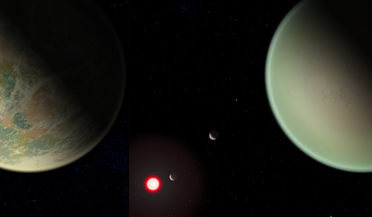 08 January 2020
New technique on finding oxygen could help find alien life
08 January 2020
New technique on finding oxygen could help find alien life
... scientists have found a new way to search for oxygen using the much anticipated successor to the Hubble telescope, NASA's James Webb Space Telescope (JWST) when it is launched next year. JWST will be optimised to look for light in the infrared band...
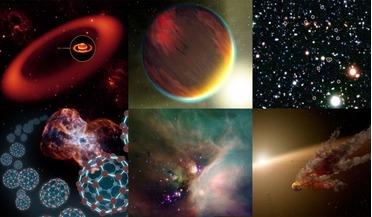 31 January 2020
A final farewell to NASA's Spitzer Space Telescope
31 January 2020
A final farewell to NASA's Spitzer Space Telescope
... out the Spitzer mission in 2018 in anticipation of the launch of the James Webb Space Telescope, which also will observe the universe in infrared light. When Webb's launch was postponed, Spitzer was granted an extension to continue operations until...
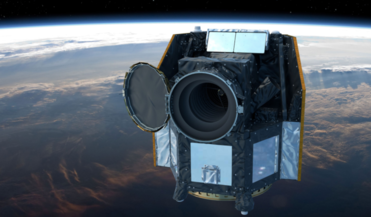 16 December 2019
Cheops, ESA's exoplanet watching telescope launches tomorrow
16 December 2019
Cheops, ESA's exoplanet watching telescope launches tomorrow
...will also identify the best candidates for future detailed studies by up and coming observatories such as the James Webb Space Telescope (JWST). Hubble's successor, JWST, will be NASA's premier observatory of the next decade, and will serve thousands...
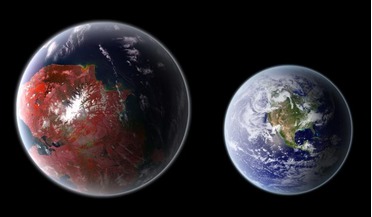 23 June 2021
Exoplanets with Earth-like biospheres may be rare
23 June 2021
Exoplanets with Earth-like biospheres may be rare
... than we might hope,” Giovanni Covone of the University of Naples, lead author of the study says. When the James Webb Space Telescope (JWST) launches later this year, it will have the sensitivity to study the atmospheres of exoplanets and to search...
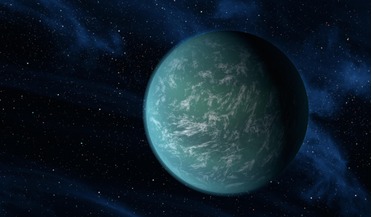 04 May 2020
Exoplanets with hydrogen-rich atmospheres could harbour life
04 May 2020
Exoplanets with hydrogen-rich atmospheres could harbour life
... could build up in sizeable abundances and eventually become detectable. A task that should become easier when the James Webb Space Telescope (JWST) is launched. With its spectroscopic abilities, the JWST will be a boon for the study of exoplanetary...
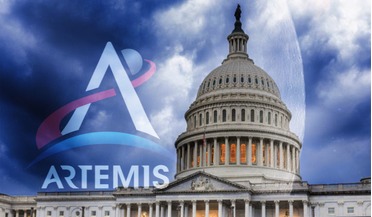 18 December 2019
US Senate suggests Artemis delay after requested funding halved
18 December 2019
US Senate suggests Artemis delay after requested funding halved
... million is for Discovery missions. NASA’s successor to Hubble, the James Webb Space Telescope, was also allocated $423 million and funding was also provided for a new space-based telescope that will help boost ground-based observations in detecting...